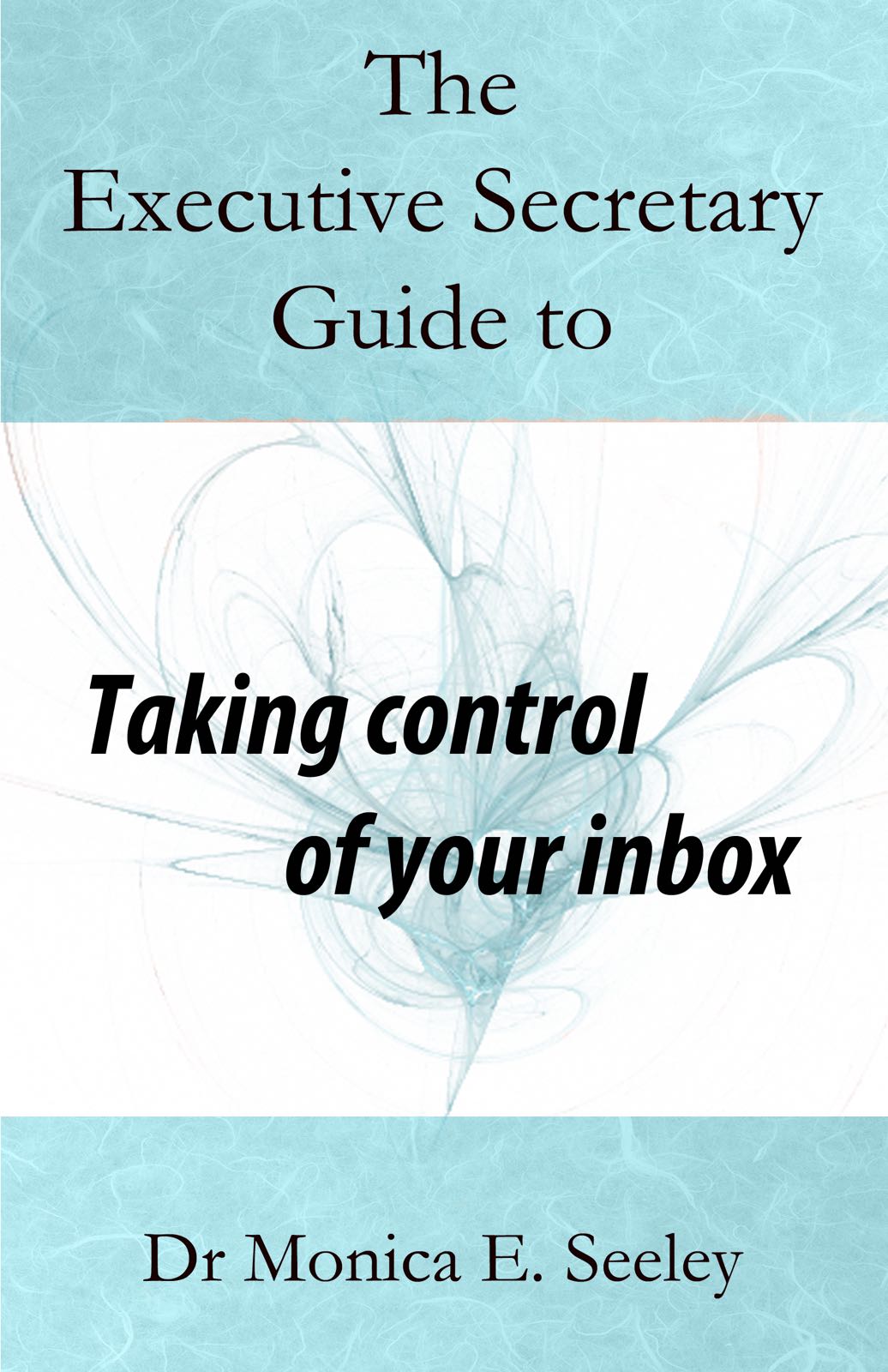
Allow time for everyone to think rather than seeing, sending and responding as a relay race says Dr Monica Seeley
Email is a business record; your email is a picture of you. It is also a business communication. You may feel you know the sender well and that you are writing an internal email to a colleague whom you get on well with and have developed a good working relationship. However, what you don’t know is what they will do with your email – maybe forward it to a colleague or client, or how they are feeling at the precise moment they open your email. What you thought was funny they may not.
What you do know is that in all likelihood your email is being archived by the business for some time – maybe up to seven years. Here are some fundamental rules of email etiquette relating to the content of an email which will help you gain the recipient’s attention without looking pushy and too casual and create a professional image.
Music is powered by ideas. If you don’t have clarity of ideas, you’re just communicating sheer sound
Yo Yo Ma
Think in fives
Length is one of the reasons emails go unopened and unanswered. The golden rule is to ‘think in fives for the content:
- Five sentences.
- Five short paragraphs.
- Five bullet points.
- Five questions.
Clarity and structure
This is as important as the length. You must also take account of different levels of command of the English language and mobile devices – with small screens it is important to make emails easy to read.
Five Ss for eye-catching email content

Structured
- BLUF – bottom line up front. Give the recipient the headlines first (like an executive summary). This is especially helpful for those reading their emails on mobile devices.
- Flow – make sure your content flows properly and you don’t jump from point to point.
- Guide the recipient through the main content to the conclusion.
- Make it easy for the reader to see the beginning, middle and end.
Succinct
Good emails:
- Are factual.
- Use simple words and avoid any jargon and colloquialisms.
- Have a neutral tone and avoid any emotional words.
- Minimise the use of unnecessary words, such as, maybe, although, however etc.
- Grammatically correct.
Simple formatting
When an email leaves your email system it may not look the same when received. Bullet points are often lost; the normal forms of formatting (e.g. italics) may be lost too. Many people stick to either HTML or plain text for just this reason. Simple formatting also means no unnecessary use for emphasis of capitals, colour, emoticons, punctuation, bold and italics. Let your words do the talking.
Spell checked
It may sound obvious but always spell-check your email before sending it. Watch carefully what the spell checker is doing with words which have multiple meanings – especially homonyms (words with the same spelling but different meanings) – such as leaves, foil, point – and homophones (words with same pronunciation but different spelling) – such as buy/bye/by and their/there. Keep a watchful eye that the spellchecker does not change the word completely, (e.g. inconvenience to incontinence).
Single topic
If you have a series of different unrelated topics, it is far better to split them into separate emails. Use the subject line to indicate that you are not spamming the recipient – e.g. email 1 of 3, 2 of 3. This way they too can answer them more efficiently and promptly and tell you when to expect a reply to the ones which need more attention. Focused single-topic emails are also much easier to file and retrieve.
Review before hitting send
We are often so time poor that errors creep in simply because we hit send before reviewing what we’ve written. This means:
- Review your email to make sure your message is clear and you have adopted the Five Ss of a good email.
- When the recipient needs to respond, check you have provided sufficient information for them to make a decision.
- Where you are responding, check that you have answered all the questions the sender asked you.
This is the underlying principle of the ‘slow email’ movement. Allow time for everyone to think rather than seeing, sending and responding as a relay race. Adopting these principles of email etiquette also reduces the rounds of email ping-pong as you have communicated the right message, right first time.












